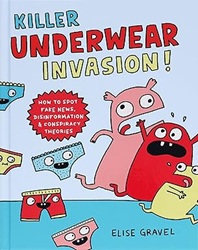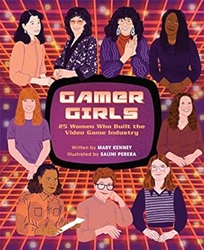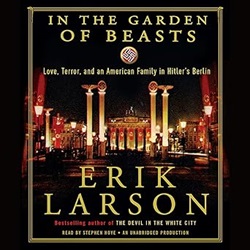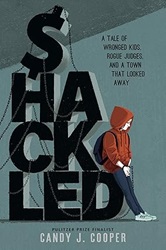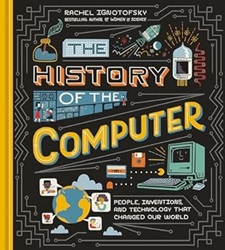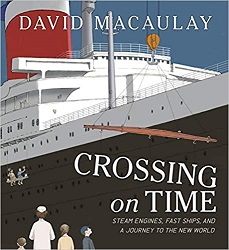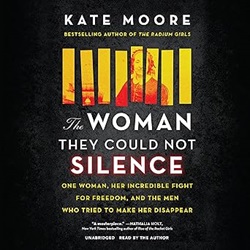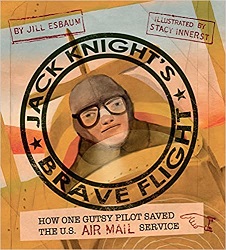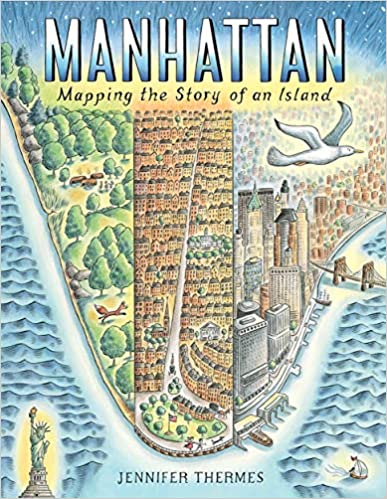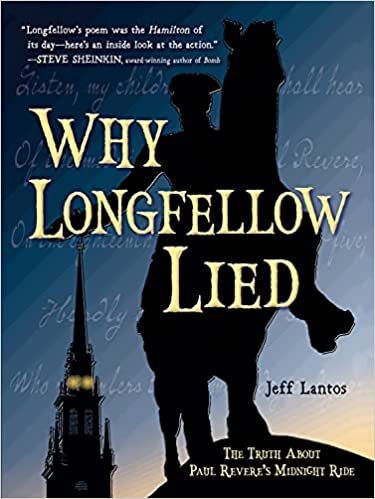Review of Killer Underwear Invasion! by Elise Gravel
How to Spot Fake News, Disinformation & Conspiracy Theories
by Elise Gravel
Chronicle Books, 2022. 104 pages.
Review written December 22, 2022, from a library book.
Starred Review
Killer Underwear Invasion! is a just-about-perfect graphic novel explanation for kids about fake news, how to watch for it, and why it’s harmful. The examples are silly, which makes the book a lot of fun, but they’re also presented in a way that reminds the reader of real-life examples.
After an explanation of what fake news and disinformation are, we get lots of reasons why people would make them up: To make money, to get famous, to spread beliefs, to gain power, and to get other people to share information on social media (which is generally to make money). There are funny examples with silly characters for each one.
Then we’re told that fake news can be very dangerous.
Let’s say Galbinus wants to try to convince you to take a remedy that doesn’t work — or might even harm you.
“You can cure every disease by drinking shampoo!*”
[Click here to buy shampoo!]
*Please don’t try this at home.
Of course, doctors and scientists will say. . .
“No, no, no! DO NOT drink shampoo! It’s dangerous! It doesn’t cure anything!”
So Galbinus might start writing articles attacking doctors.
“ALL DOCTORS ARE EVIL LIARS!”
“THEY DON’T WANT YOU TO FEEL BETTER!”
You get the idea! The next example is a big factory that dumps toxic chemicals in the ocean. They get a fake expert to write an article saying that pollution doesn’t exist.
Then we’ve got a politician who claims his opponent is bad because he pinches puppies. For all of these examples, it shows many people believing the fake news.
And then the chapter on conspiracy theories pulls all of these silly stories together. It shows some fake news going viral and then people putting stories together and believing that doctors and the political candidate have sent robot-scorpions into the sewers to pinch your puppies.
All this silliness aside, the book brings things around by looking at why people believe fake news, and how we can guard against it, with ten practical steps.
This does include a nice shout-out to librarians:
Okay, so can I really trust anyone?
Well, it can be difficult to decide who to trust. If you’re not sure if you can trust a source, ask a librarian.
Librarians are trained to help you find reliable information.
It all adds up to an informative, fun, and entertaining book about an important and timely subject. It was fun for me to read, even already knowing a lot about the topic.
elisegravel.com
chroniclekids.com
Find this review on Sonderbooks at: www.sonderbooks.com/Childrens_Nonfiction/killer_underwear_invasion.html
Disclosure: I am an Amazon Affiliate, and will earn a small percentage if you order a book on Amazon after clicking through from my site.
Disclaimer: I am a professional librarian, but the views expressed are solely my own, and in no way represent the official views of my employer or of any committee or group of which I am part.
What did you think of this book?
